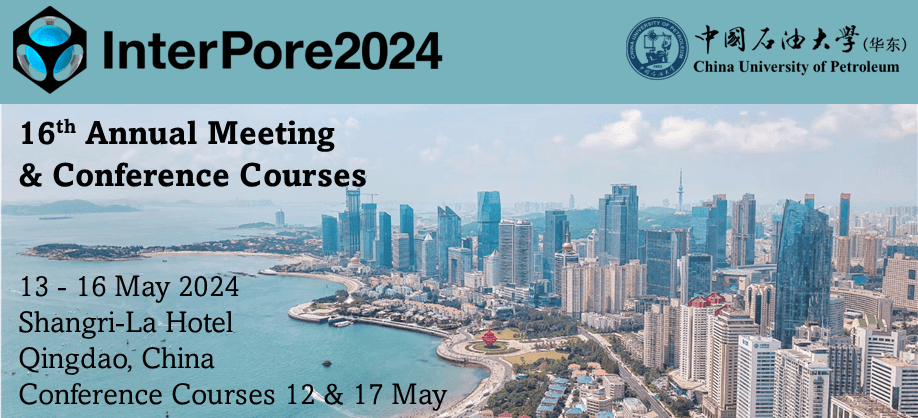Speaker
Description
We report an anomalous capillary phenomenon that reverses typical capillary trapping via nanoparticle suspension and leads to a counterintuitive release of nonaqueous fluid from dead-end structures under weakly hydrophilic conditions. Fluid interfacial energy drives the trapped liquid out by hierarchical surfaces: the nanometric roughness formed by nanoparticle adsorption transfers the molecular-level adsorption film to hydrodynamic film by capillary condensation and maintains its robust connectivity, then the capillary pressure gradient in the dead-end micrometric structures drives trapped fluid motion out of the pore continuously. The developed mathematical models agree well with measured evolution dynamics of released fluid. This reversing capillary trapping phenomenon via nanoparticle suspension may be a general event in a random porous media and could dramatically increases displacement efficiency. Our findings have implications for manipulating capillary pressure gradient direction via nanoparticle suspensions to trap or release the trapped fluid from complex geometries, especially for site-specific delivery, self-cleaning, or self-recover systems.
| Country | Sweden |
|---|---|
| Conference Proceedings | I am not interested in having my paper published in the proceedings |
| Acceptance of the Terms & Conditions | Click here to agree |




.jpg)
